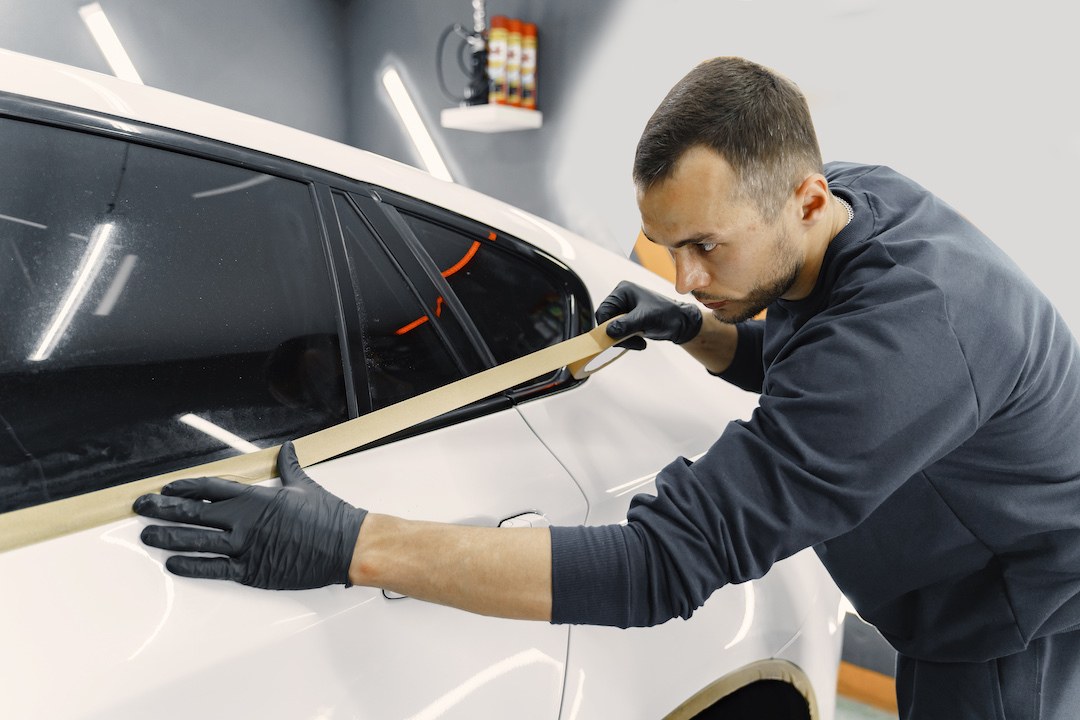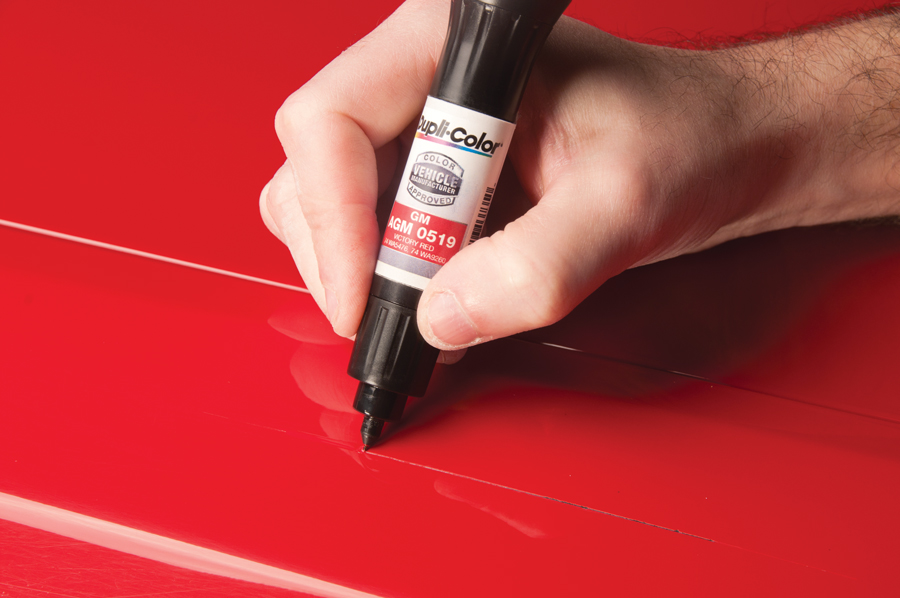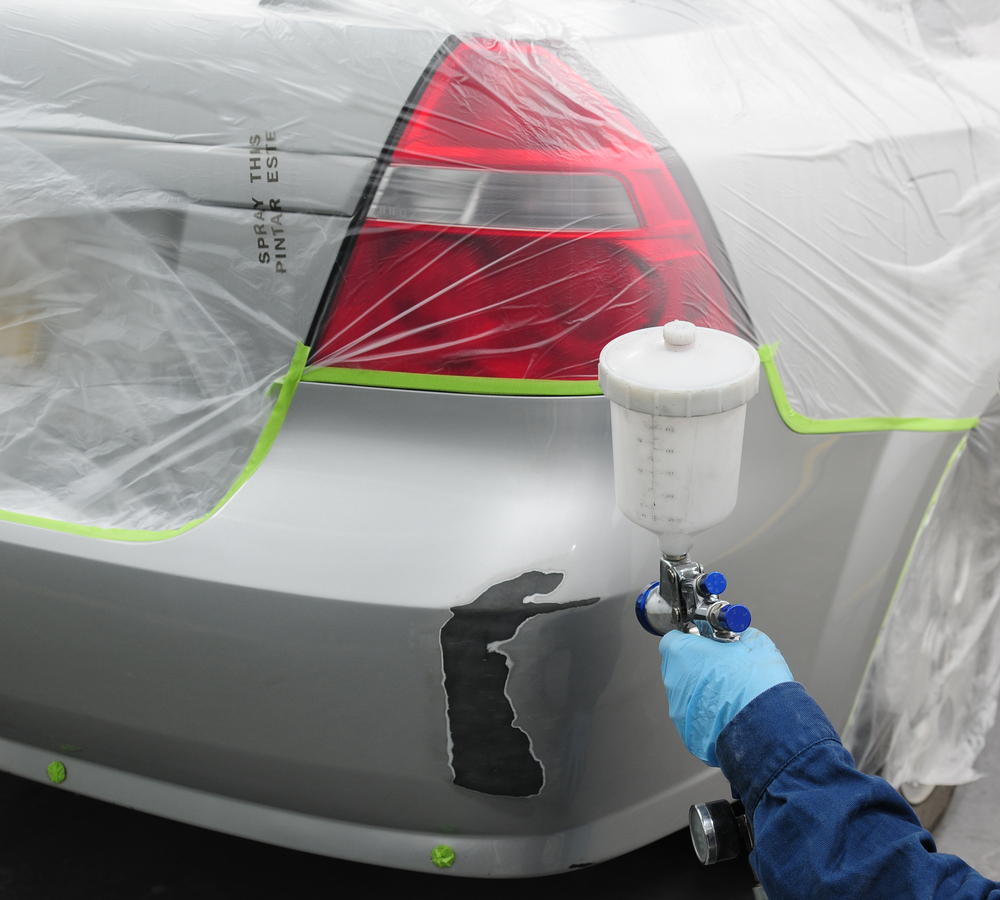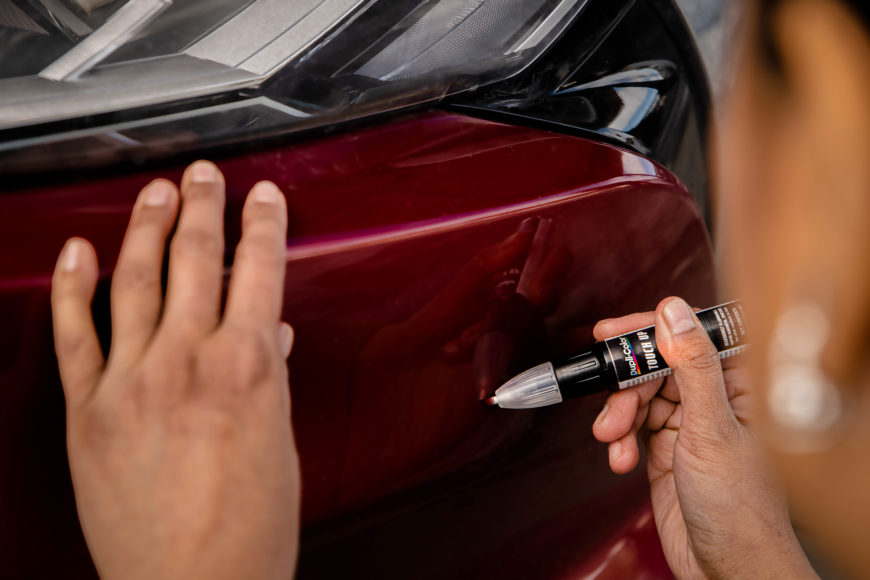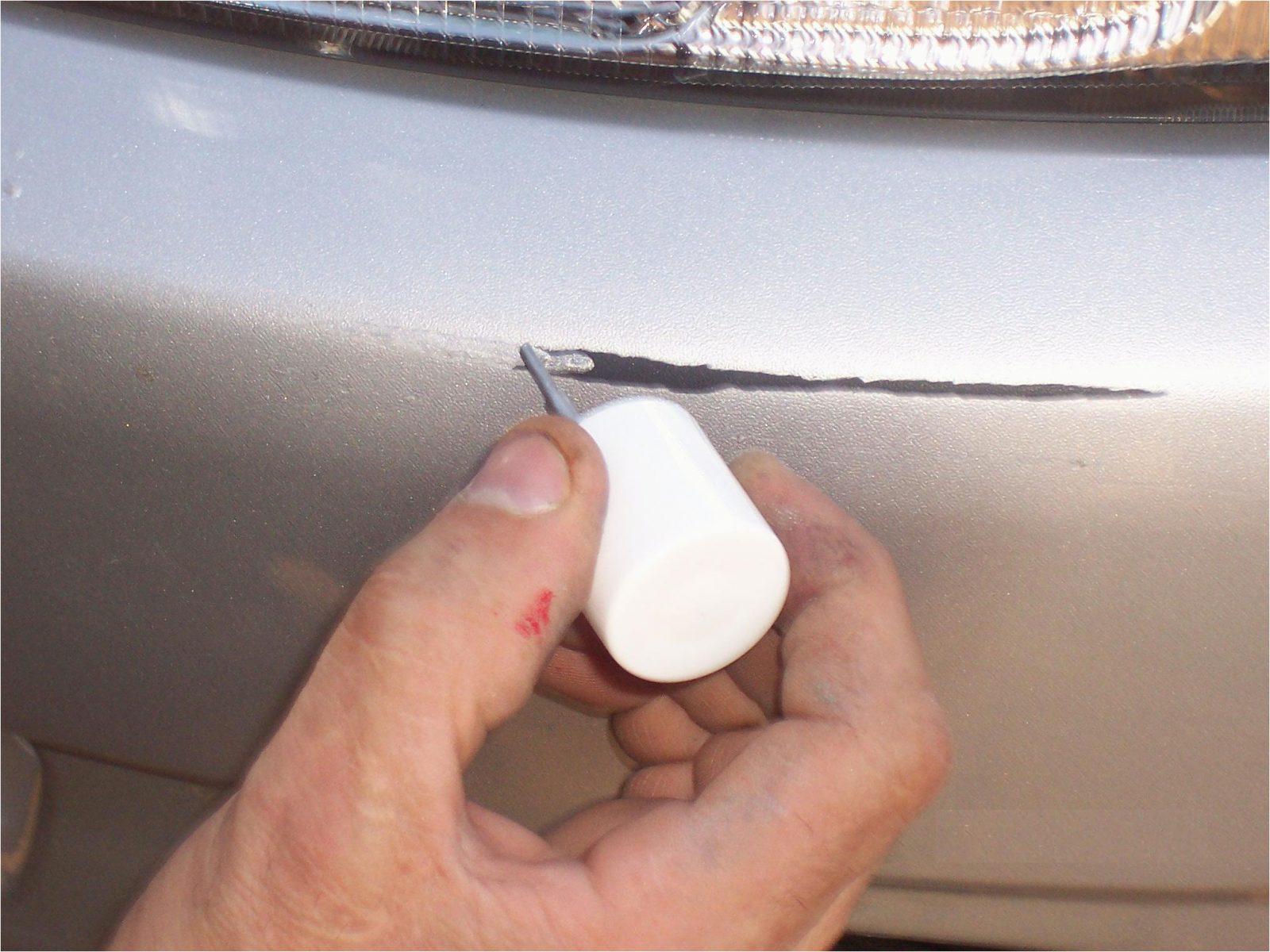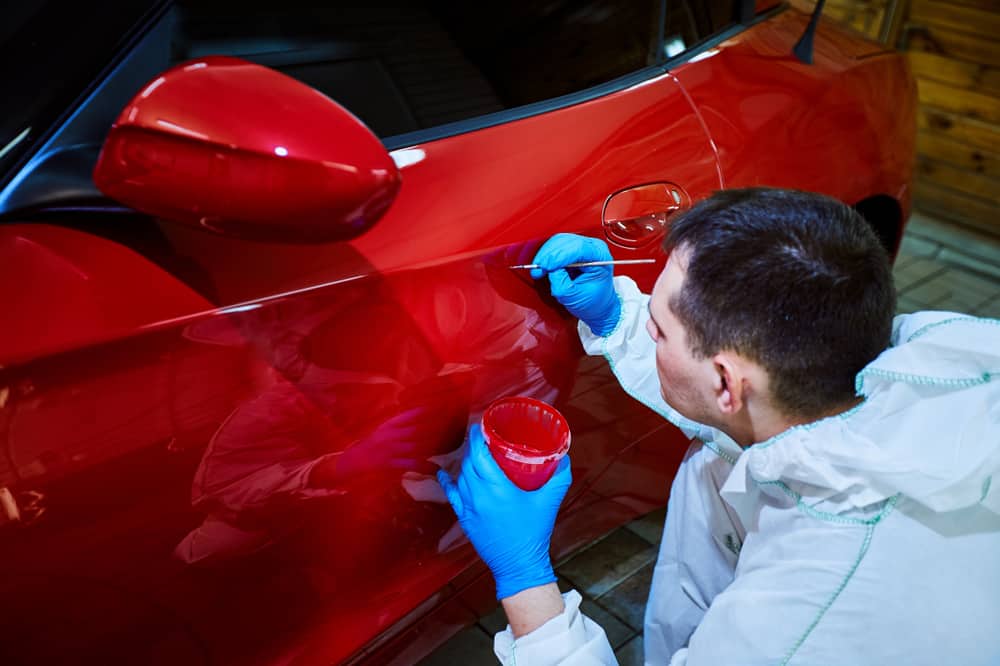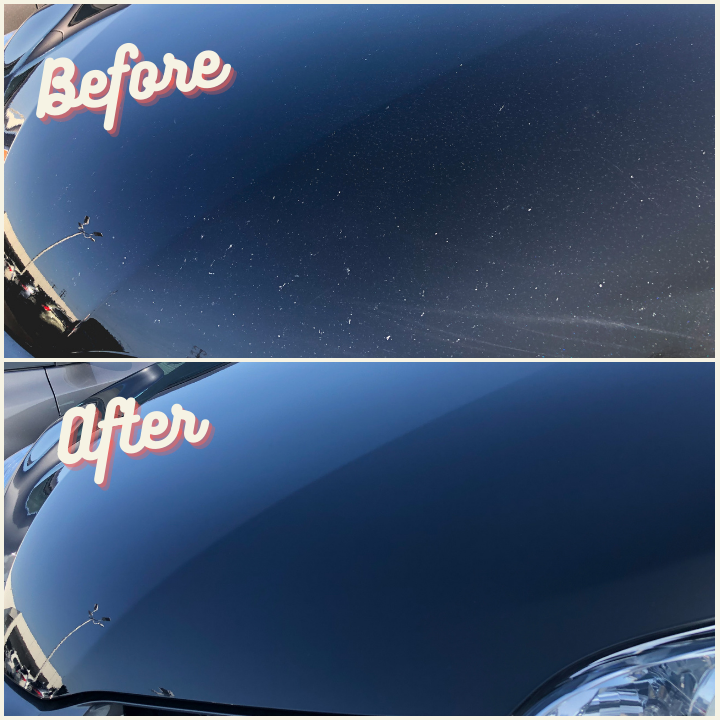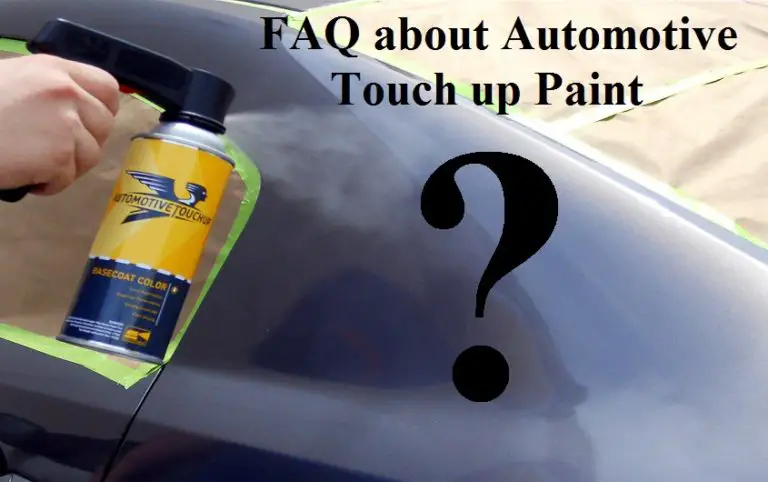Cost To Touch Up Car Paint

Car owners are facing rising costs for even minor paint touch-ups, with estimates exceeding initial expectations across the nation. Experts cite material shortages and increased labor rates as primary drivers behind the surge.
The cost to repair even a small scratch or chip is now significantly higher, impacting household budgets and forcing difficult decisions about vehicle maintenance. This report breaks down the factors contributing to this price hike and offers guidance for consumers.
Rising Material Costs Fuel the Price Surge
The price of automotive paint and related materials has seen a sharp increase in the last year. Data from the Bureau of Labor Statistics indicates a 15% increase in the cost of automotive coatings since early 2023.
Supply chain disruptions, stemming from global events and increased demand, are largely to blame. Certain pigments and solvents used in automotive paints are now harder to source, driving up prices for both manufacturers and consumers.
Specifically, the cost of specialized clear coats used for protecting and enhancing the paint finish has skyrocketed. This is a critical component in modern automotive paint systems, and its price increase is directly impacting repair costs.
Labor Shortages Exacerbate the Problem
The automotive repair industry is facing a shortage of skilled technicians, including those specializing in paint repair. This labor shortage is driving up wages, contributing to the overall cost of touch-up services.
Many experienced auto body technicians are retiring, and fewer young people are entering the trade. This creates a supply-demand imbalance that puts upward pressure on labor costs.
According to the Automotive Service Association (ASA), the average hourly labor rate for auto body work has increased by over 8% in the past year. This increase is directly passed on to the consumer.
Regional Price Variations
The cost of car paint touch-ups varies significantly depending on location. Metropolitan areas with higher costs of living generally experience higher repair prices.
For instance, a minor scratch repair in Los Angeles could cost between $300 and $600, while the same repair in a rural area might range from $200 to $400. This difference is attributed to varying labor rates and operating expenses.
State regulations regarding environmental compliance can also affect prices. States with stricter regulations on paint disposal and emissions may have higher costs for paint services.
DIY vs. Professional Repair: Weighing the Options
Faced with rising costs, many car owners are considering DIY paint touch-up kits. These kits offer a cheaper alternative to professional repair but require careful application and may not achieve the same results.
DIY kits typically range in price from $20 to $100, depending on the size and complexity of the kit. However, improper application can lead to further damage and require professional correction.
For larger scratches or dents, professional repair is generally recommended to ensure a seamless and durable finish. Attempting to repair significant damage yourself can often lead to unsatisfactory results and potentially decrease the vehicle's value.
Insurance Implications and Deductibles
Minor paint damage is often below the deductible for most car insurance policies. Therefore, filing a claim for a small scratch might not be financially beneficial.
However, if the damage is extensive or caused by a collision, filing an insurance claim might be necessary. It's crucial to assess the cost of the repair against your deductible and potential premium increases before filing a claim.
Consulting with your insurance provider is recommended to understand the potential impact of filing a claim on your insurance rates. Understanding your policy's terms and conditions can help you make informed decisions about repair options.
Long-Term Effects on Vehicle Value
Neglecting paint damage can lead to rust and corrosion, which can significantly decrease a vehicle's value over time. Addressing even minor scratches promptly can prevent further damage and maintain the vehicle's appearance.
A well-maintained paint job contributes significantly to a vehicle's resale value. Investing in timely touch-ups can protect your investment and ensure a higher return when you eventually sell or trade-in the vehicle.
According to Kelly Blue Book, a vehicle with significant paint damage can experience a 10-15% reduction in resale value compared to a similar vehicle with a well-maintained exterior.
Future Outlook and Expert Recommendations
Experts predict that the high cost of car paint touch-ups will likely persist in the near future. Material shortages and labor constraints are expected to remain challenges for the automotive repair industry.
Consumers are advised to obtain multiple quotes from reputable auto body shops before proceeding with any repairs. This allows for comparison shopping and ensures a fair price.
Regularly washing and waxing your vehicle can help protect the paint from minor scratches and chips. Taking preventative measures can minimize the need for costly touch-ups in the future. Continued monitoring of material costs and labor trends is critical for both consumers and industry professionals.
